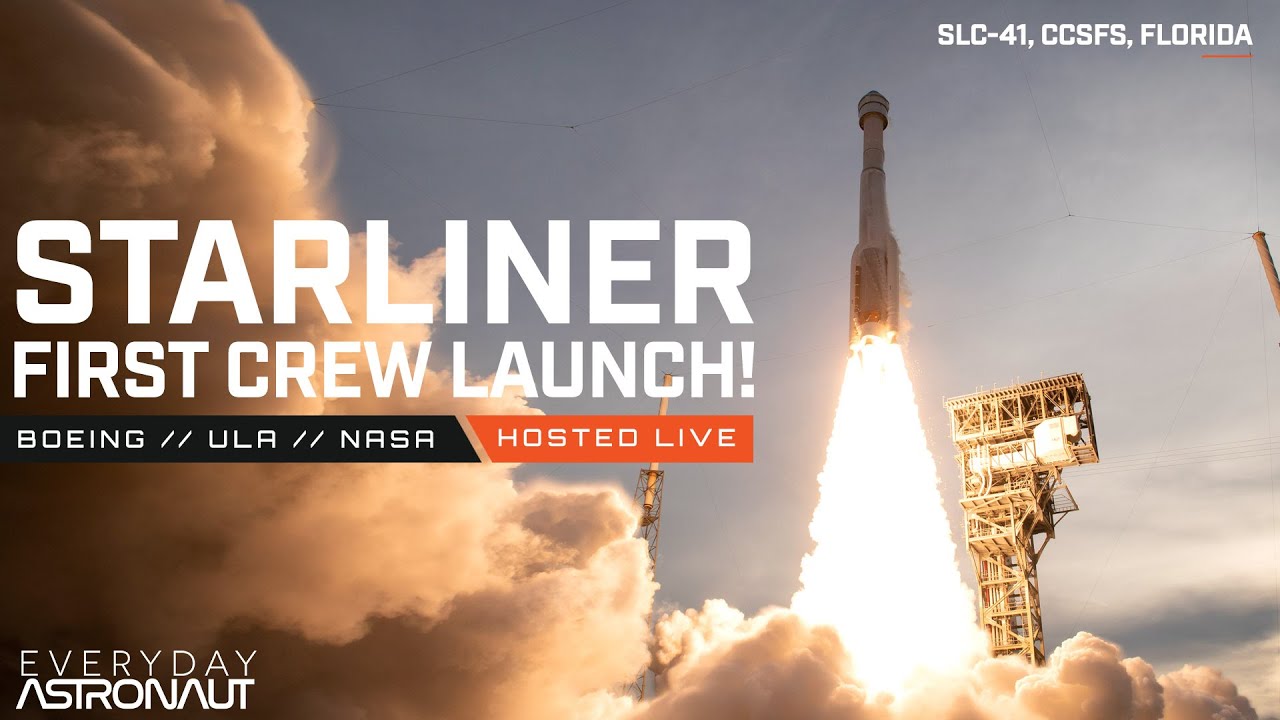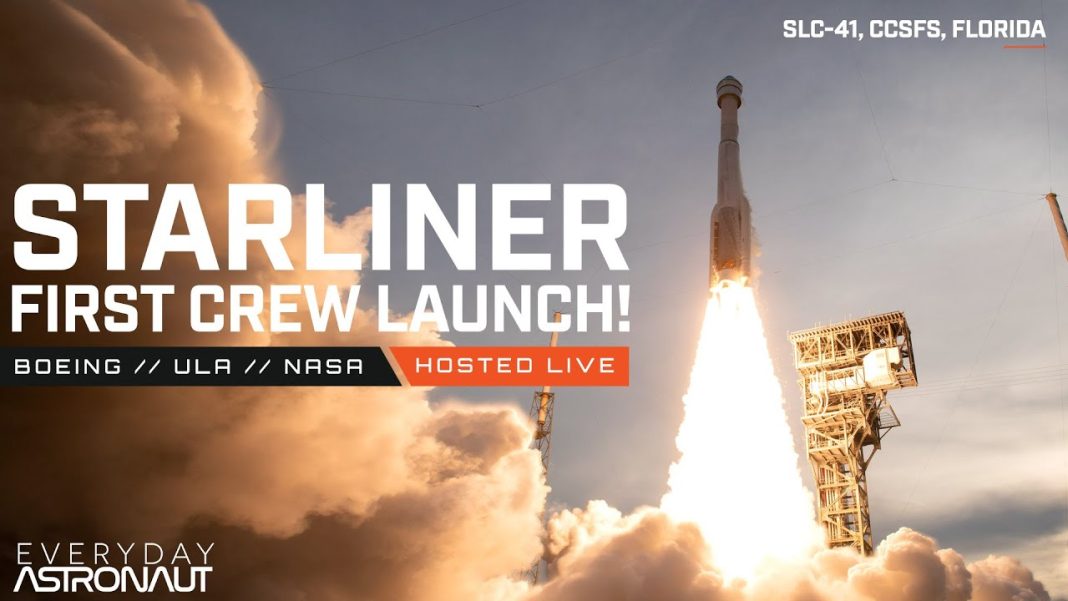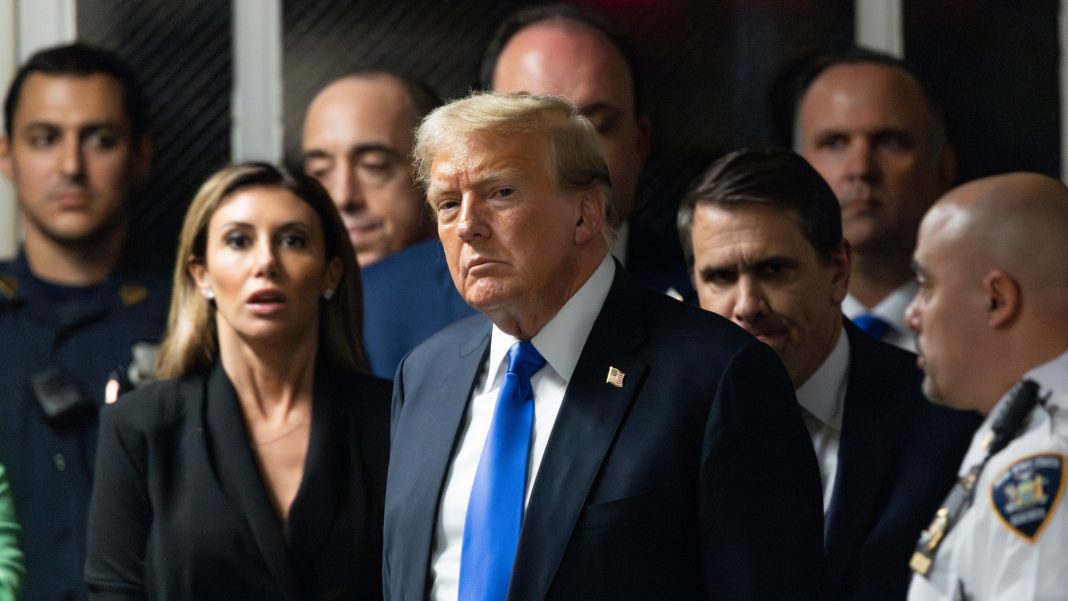 Boeing and NASA are moving forward with the first astronaut launch of the Starliner space capsule on June 1, following several delays due to safety concerns. Despite an unresolved helium leak that was discovered after the initial May 6 launch was scrubbed, both organizations expressed confidence in proceeding with the mission. They assured reporters that contingency plans are in place if the helium leak becomes a problem during the flight.
Boeing and NASA are moving forward with the first astronaut launch of the Starliner space capsule on June 1, following several delays due to safety concerns. Despite an unresolved helium leak that was discovered after the initial May 6 launch was scrubbed, both organizations expressed confidence in proceeding with the mission. They assured reporters that contingency plans are in place if the helium leak becomes a problem during the flight.
The launch is scheduled for 12:25 p.m. on June 1, with backup launch windows available between June 2 and 6. Dana Weigel, NASA’s International Space Station Manager, stated that there have been extensive discussions about the helium leak and fault tolerance, but she believes they have a solid mission plan. The capsule uses helium to pressurize the propulsion system’s fuel lines, which are essential for steering the capsule during flight. Mark Nappi, Boeing’s Vice President and Program Manager of its Commercial Crew Program, explained that the helium is likely leaking through a defective rubber seal about the size of a shirt button. He suspects that the seal was damaged during installation or that debris got caught up in it.
NASA Commercial Crew Program Manager Steve Stich reassured reporters that even if the leak had been discovered after launch, they have developed solutions to safely bring the crew back to the ground. Nappi added that despite the initial leak rate of seven pounds per square inch per minute, which later increased to 70 to 80 pounds per minute, the volume of helium leaked is relatively small, comparable to the size of a softball. He emphasized that they could handle a leak that is 100 times worse than the current situation.
Safety is the primary concern when deciding when to launch the capsule into space, according to Nappi. The decision was not based on making trades but rather on assessing if it is safe or not. They determined that it is safe to proceed with the current conditions.
Another issue that the crew resolved involved the capsule’s “urine processor assembly.” Instead of replacing the system, Boeing and NASA made adjustments to the cargo inventory to accommodate a urine storage bag weighing over 100 pounds. This bag allows for the purification of astronauts’ urine into drinking water in a closed loop system.
The two astronauts chosen for Starliner’s first crew launch are Butch Wilmore and Suni Williams, retired Navy captains who spent time on the International Space Station in the past. Both have undergone quarantine in preparation for the launch. It is important to note that while this is Starliner’s first astronaut launch, it is the third test launch for the capsule. The original launch in 2019 had to be repeated in 2022 due to significant software issues. If not for a last-minute fix, the capsule would have been destroyed during reentry.
Boeing’s Starliner is an attempt to expand into commercial space travel after NASA retired the space shuttle program in 2011. Initially, Boeing sought an exclusive contract with NASA, but the agency decided to split the contract between Boeing and SpaceX. NASA provided Boeing with $4 billion and SpaceX with $2.6 billion to develop their respective space capsules. While SpaceX has successfully launched astronaut-led flights in its Dragon space capsules since 2020, Boeing has faced delays and obstacles in its commercial airplane manufacturing due to fatal flaws discovered in the 737 MAX program by federal regulators.
The weather on June 1 is expected to be favorable, with a 90 percent chance of a successful launch. NASA astronaut Mike Fincke expressed excitement and confidence in the mission. With all these developments and preparations, the stage is set for Boeing’s Starliner to make its mark in commercial space travel alongside SpaceX and contribute to further advancements in human space exploration.


